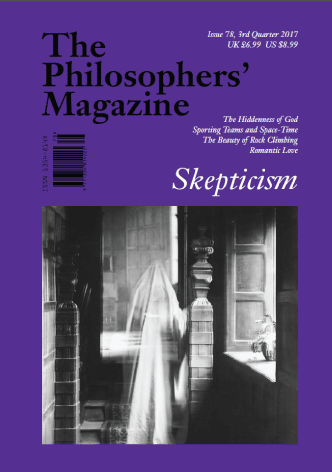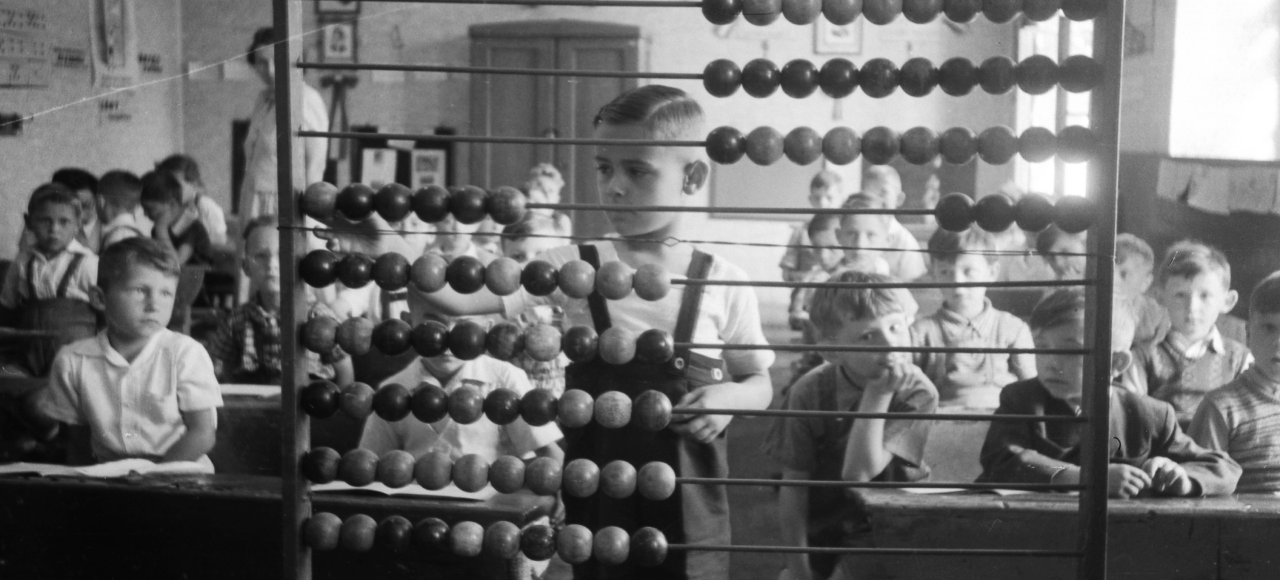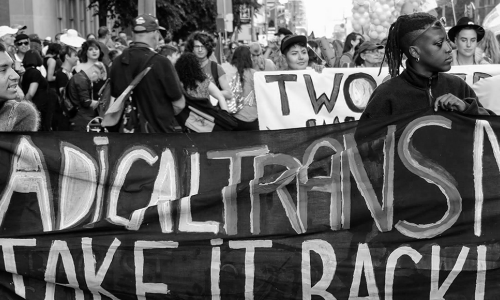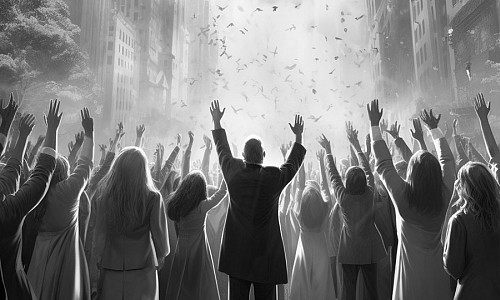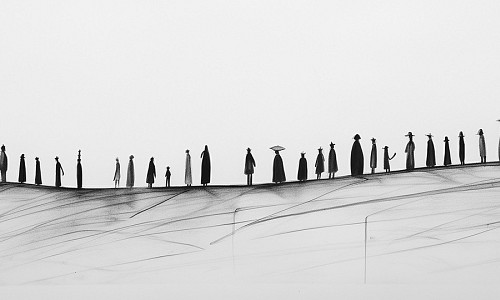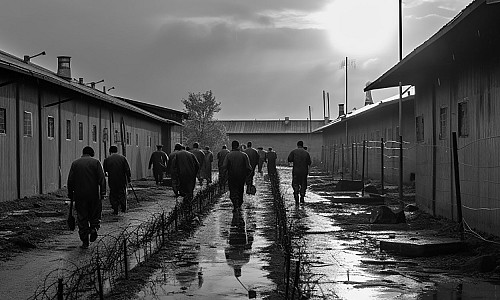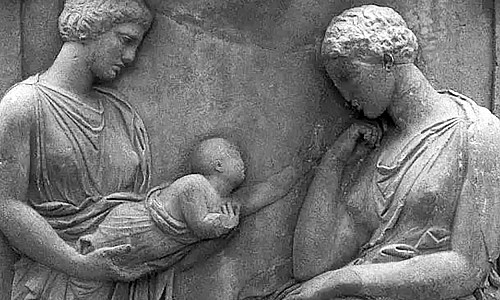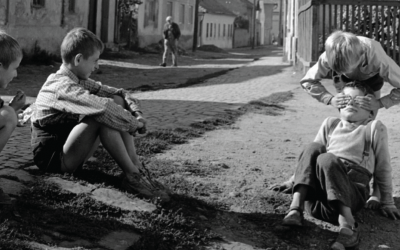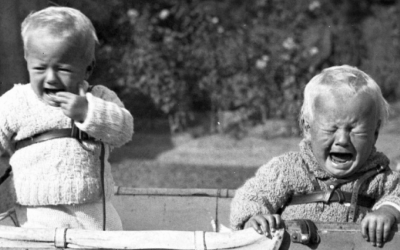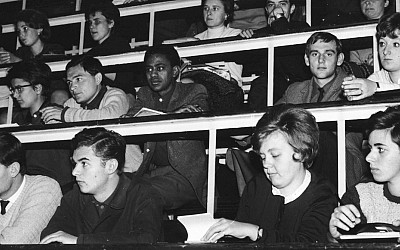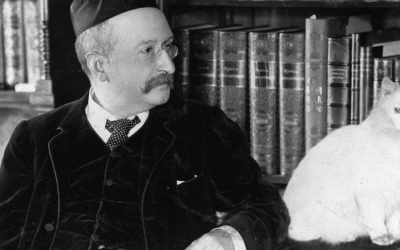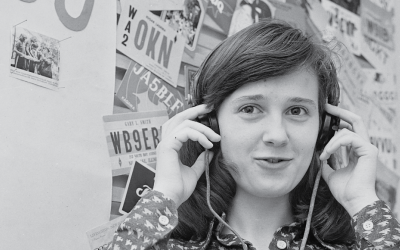Katherine Hawley on why it matters when we're given misleading statistics.
We’ve accumulated a sheaf of fliers from the local council elections, and the general election will bring more: leaflets stuffed through the door by diligent local activists, filled with promises and pledges, alongside photos of the candidate looking smiley or severe in recognisable constituency locations. Most of us don’t read manifestos, so printed election addresses are the main way in which we hear unedited what the parties want to tell us.
Those flimsy sheets of paper matter: it matters whether we’re getting truths or falsehoods shoved through our letterboxes. And there’s a particularly insidious way in which falsehoods get sneaked into our homes every election season: the ludicrous bar graph. Ludicrous bar graphs list accurate data about the votes secured by each party locally at the previous election, then visually misrepresent how close-run the elections are. If there isn’t a ludicrous bar graph lying around near your front door, you can see some egregious examples here.
Parties use these misrepresentations to get out their core vote, and to encourage tactical voting: no point wasting your vote on a party which is in a ‘distant’ third place.
These graphs are undeniably misleading (and undeniably a personal bug-bear of mine). Yet politicians are not neutral statisticians, and it’s no surprise if they selectively present data: that expectation is already built into our approach to reading election materials, if we read them at all. But can a picture – or a graph – be an outright lie, if it is accompanied by accurate numerical data?
Philosophers’ distinctions between lying and merely misleading are designed with verbal or written language in mind, not pictures: lying involves falsehood in what’s actually said, whereas merely misleading often involves falsehood in what’s implied or suggested. (Jenny Saul’s Lying, Misleading, and What is Said, published by Oxford University Press in 2012 is an exemplary contribution to debates around such definitions.) But with a conventionalised system of visual representation such as bar graphs, we can make an analogous distinction between “what’s said” and what’s merely implied or suggested by the graph. On that count, ludicrous bar graphs, in which the bars are out of all proportion to the data, are downright lies; even when they are juxtaposed with accurate numbers.
Does it matter? It’s illegal under UK election law to knowingly make a false statement about the personal character or conduct of a rival candidate; there are no other special restrictions on election materials. But the wrongness of lying is a moral matter even where it’s not governed by the law.
Indeed, these insidious lies are damaging in a way that a blatant lie is not. Local parties distribute ludicrous bar graphs because they know they’ll get away with it: many of us have little statistical literacy, and even when we can see that the graph is ludicrous, some of us may struggle to see a picture as a lie. This cynical behaviour casts a shadow over the rest of the election materials: if we know that a party will lie when they can get away with it, we can’t take on trust what they say about other matters. That’s so even in situations where we know the party isn’t lying, because they won’t get away with it: if that’s their only reason not to lie, then they don’t deserve our trust.
Katherine Hawley is Professor of Philosophy at the University of St Andrews, and the author of Trust: A Very Short Introduction (Oxford University Press 2012). She blogs regularly at Psychology Today (https://www.psychologytoday.com/blog/trust), and her website is https://katherinehawley.org.
You might also like...
